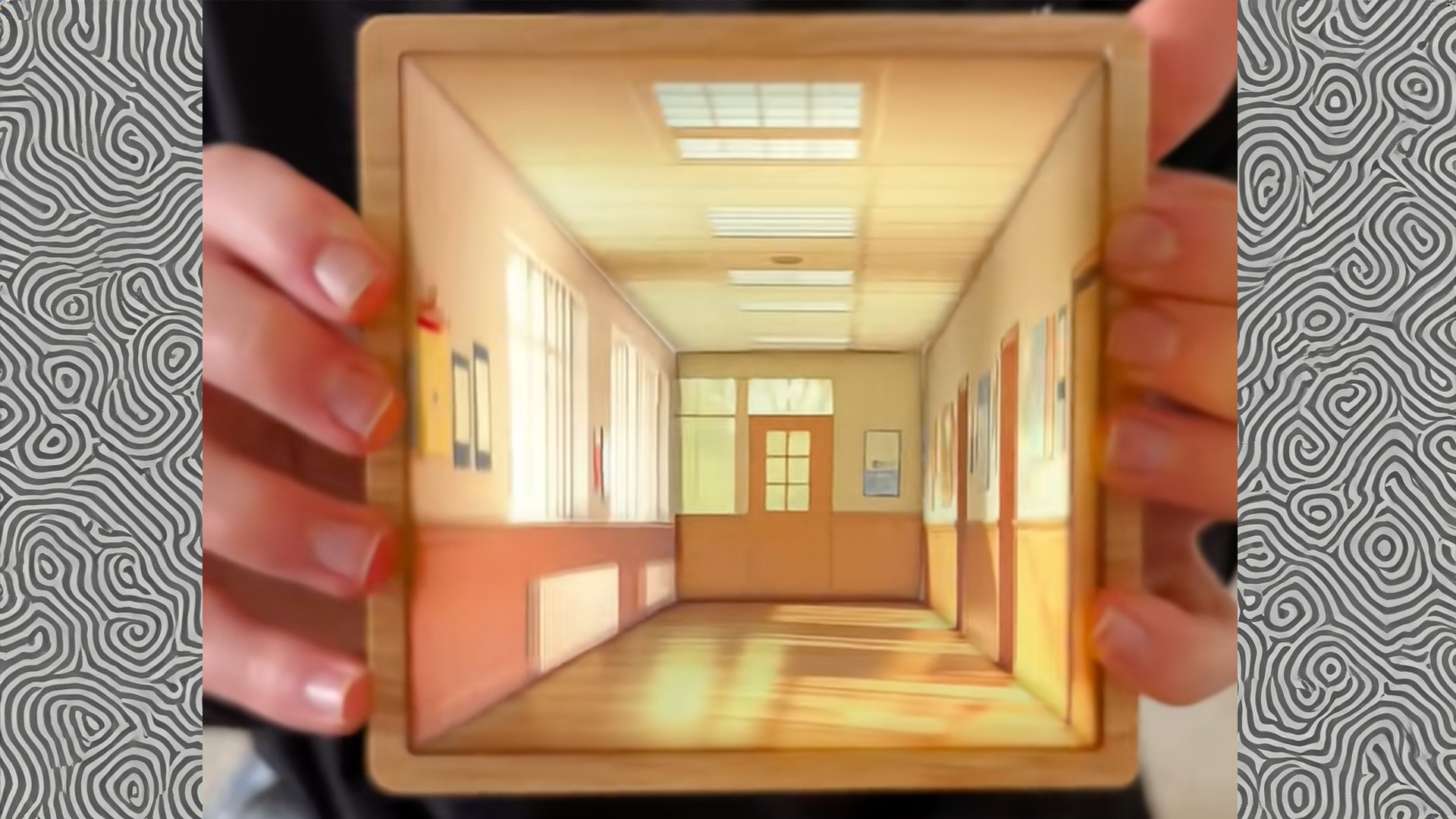Andy Thomas on fruitful client relationships
Huge’s creative director Andy Thomas talks about pushing pixels, keeping creative and prioritising prototyping for projects
This article first appeared in issue 241 of .net magazine – the world's best-selling magazine for web designers and developers.
.net: Let’s start with an easy one: introduce yourself, please.
AT: I’m the creative director at Huge London, a digital agency that’s known for harmonising user needs and business goals to create industry-changing digital experiences. I oversee all creative and visual design for EMEA.
.net: What are you working on right now?
AT: We’ve just kicked off a number of new projects, so it’s a pretty exciting time at Huge London. As well as on-going projects with Diageo (Alexander & James), Royal Ascot, Landmark Group and Unilever, we’ve recently started working with a few other clients I can’t really talk about yet. It’s a pretty diverse mix, which keeps things interesting.
My role is to oversee all creative work that comes out of the office, and make sure the quality is consistently high. I’m more hands-on with some projects (it’s fun to get your hands dirty every now and then), but most of my time is spent reviewing work, meeting with colleagues and clients and looking for talent (an ongoing quest). It’s a fun job.
.net: What’s the secret to a fruitful agency/client relationship? Any practical tips?
AT: Every client is different, with unique needs and expectations, so you have to evaluate the situation for each one. Generally speaking though, the best agency/client relationship exists when the client becomes more of a business partner than the usual ‘us vs them’ situation. There’s this great space where both you (the agency) and the client are working towards a shared goal. This can be really rewarding. It sounds obvious, but it takes patience and time to get the relationship right. I think the biggest mistake is not taking the time to get under the skin of what the client really needs. You have to ask a lot of questions and listen carefully. Often there’s a brief behind the brief, and once you get to understand that you become a better partner.
.net: Looking at your personal design process, how do you work – pen first or pixels all the way?
AT: For me, it’s always pen (or pencil, or whiteboard marker) first: whatever it takes to get your ideas out as quickly as possible, especially when starting a new piece of work. I would always recommend any young designer take some time out to get inspired and sketch out a few rough ideas before doing anything else. There’s the desire to get stuck in right away and make some magic happen, but you have to give yourself some time to figure out what you want to do first. It’s the most exciting part of any new project – when anything can happen – so you’ve got to enjoy the possibilities. Pen and paper allows you the freedom to explore ideas quickly without worrying too much about sweating the details. Once you start pushing pixels the hard work really starts.
.net: What’s your top tip for getting the best out of a creative team?
AT: You have to give designers and creatives the freedom to explore ideas and get inspired at the start of a project. Being creative is fun for the most part, but can also be really hard to do well – and it takes time to get to that place where the work just feels right.
Fostering an environment where true collaboration happens is something I’m really interested in right now, whether it’s adopting a more agile approach to the work or setting up teams of people with differing skill sets to work concurrently. I’m interested in adopting a bit more of a product design methodology to project work: a test and learn type of thing, where prototyping becomes a big part of the process early in the piece. It’s fun to explore technology and push the boundaries a bit at the start of the project but it also has to make sense, otherwise it’s pointless.
.net: Which web technologies (or technologies in general) get you most excited?
AT: The industry is in a constant state of flux. I think most true innovation comes from the product side, as new devices challenge our assumptions of how media is consumed. Leap Motion is a good example of a product that may change the way we work. It will be interesting to see what happens when 3D printers become commonplace.
People are constantly inventing new and innovative digital tools that change the way we live both functionally and socially, even on a microscopic level. It’s pretty exciting to be part of such a dynamic industry where things can change at any moment.
Daily design news, reviews, how-tos and more, as picked by the editors.

The Creative Bloq team is made up of a group of art and design enthusiasts, and has changed and evolved since Creative Bloq began back in 2012. The current website team consists of eight full-time members of staff: Editor Georgia Coggan, Deputy Editor Rosie Hilder, Ecommerce Editor Beren Neale, Senior News Editor Daniel Piper, Editor, Digital Art and 3D Ian Dean, Tech Reviews Editor Erlingur Einarsson, Ecommerce Writer Beth Nicholls and Staff Writer Natalie Fear, as well as a roster of freelancers from around the world. The ImagineFX magazine team also pitch in, ensuring that content from leading digital art publication ImagineFX is represented on Creative Bloq.
